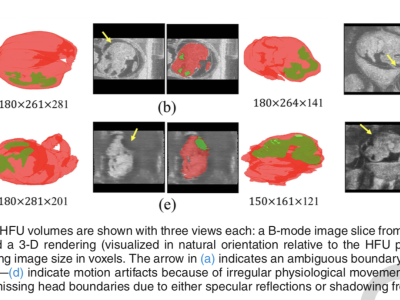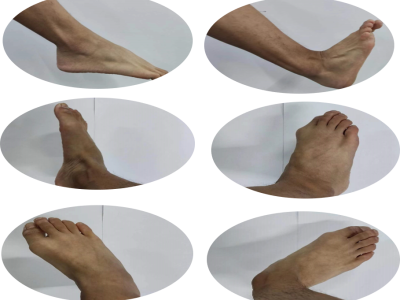
This is a PART of the dataset used in our paper titled "Detecting Anomalous Robot Motion in Collaborative Robotic Manufacturing Systems".
- Categories:

This is a PART of the dataset used in our paper titled "Detecting Anomalous Robot Motion in Collaborative Robotic Manufacturing Systems".

Different faults are experienced by a power system, particulary in transmission lines. In this dataset, the IEEE 5-Bus Model was used to different types of transmission line faults.
Indication of the label of the faults come from the time that the fault has been induced in the simulation.
This dataset aims to be utilized for machine learning algorithms, particularly in multi-class classification of the transmission line fault. In this simulation, each fault was induced at each transmission line one instance at a time during a certain period.

The requirements, their types and priorities are gathered from 43 project teams which will be uselful to automate the phases of requirement engineering i.e. requirements classification and prioritisation. As the publicly available datasets do not contain the complete information (type and priority) about requirements, the dataset is created by collecting the data from 43 BTech project groups. This dataset includes 11 different types of software requirements. The dependency of requirements is also considered while gathering requirements from the project teams.

We introduce an English Twitter dataset designed for the detection of online drug use, comprising 112,057 tweets accompanied by metadata. This dataset underwent manual annotation by a team of expert annotators consisting of around 30 members, these annotators, possessing diverse multidisciplinary backgrounds and expertise, committed over six months to meticulously label each tweet.

Our dataset encompasses a comprehensive collection of Azerbaijani news texts from the Azertac (https://azertag.az/) State Agency, drawn from a variety of news articles.

Recognizing and categorizing banknotes is a crucial task, especially for individuals with visual impairments. It plays a vital role in assisting them with everyday financial transactions, such as making purchases or accessing their workplaces or educational institutions. The primary objectives for creating this dataset were as follows:

This dataset contains video-clips of five volunteers developing daily life activities. Each video-clip is recorded with a Far InfraRed (FIR) camera and includes an associated file which contains the three-dimensional and two-dimensional coordinates of the main body joints in each frame of the clip. This way, it is possible to train human pose estimation networks using FIR imagery.

We employed a case study research approach to gather the factors for troubled software projects from the existing literature to generate an innovative dataset. A comprehensive dataset that serves as a foundational reference for future investigations. We extracted incidents from case study data, generated open codes, and organized these open codes into 18 problem categories and 27 solution categories. The mapping between open codes, axial codes and phases is documented in dataset. The codes encapsulate the behavioral patterns or actions of a team that initiate or cause

ARImulti-mic: real-world speech recordings on a humanoid robot (ARI)
This dataset includes “real-world” experiments. A recording campaign was held in the acoustic laboratory at Bar-Ilan University. This lab is a [6×6×2.4]m room with a reverberation time controlled by 60 interchangeable panels covering the room facets.

Contains the benchmark Bayesian network dataset, which uses the seed of Bayesian networks from https://www.bnlearn.com. Some of the data comes from https://pages.mtu.edu/~lebrown/supplements/mmhc_paper/mmhc_index.html. And other datasets from the UCI that contain mixed data. These data can be used to learn the basic structure of Bayesian networks, the research of cause-based feature selection algorithms, etc bnlearn is an R package for learning the graphical structure of Bayesian networks, estimating their parameters and performing some useful inference.